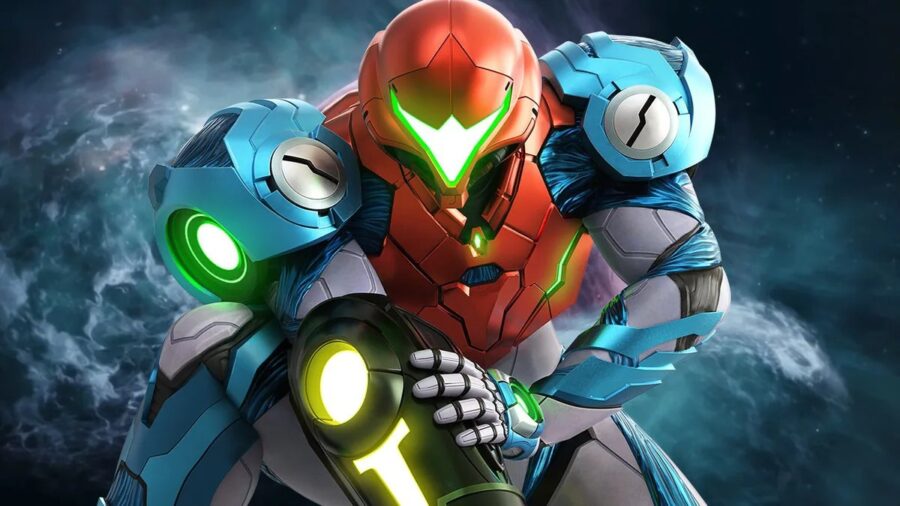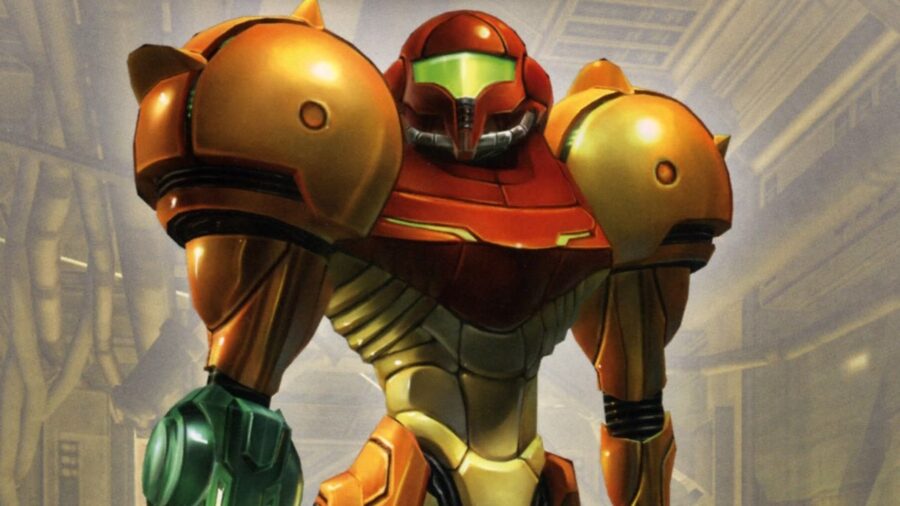The Best Metroid Game Wasn’t An FPS
The best Metroid game ever is not the original, but it may be the most frightening and atmospheric of them all.
This article is more than 2 years old

In 1986 Nintendo published the first Metroid game ever for Famicom Disk System — an expansion of Nintendo’s Family Computer console that was already dominating the Japanese home video game market. The game quickly rose to fame and became highly regarded by the fandom and imitated by contemporary developers. In fact, it was so popular that Nintendo ported it to its other consoles during its expansion into North American and European Markets.
Thirty-six years have passed since the release of the first Metroid game, and the gaming franchise now consists of two series: the original Metroid series and Metroid Prime series, which takes place between the 1986’s Metroid and 1991’s Metroid II: Return of Samus. It’s a numerous and fruitful franchise, no question about it, but its vastness is what prompts its newcomers to ask which is the best Metroid Game in the series. And the answer is 2002’s Metroid Prime — at least according to Metacritic’s rating.

To really understand why Metroid Prime is the best Metroid game in the franchise, we have to take a crash course in the history of Nintendo and the Metroid franchise itself. As we previously mentioned, Nintendo released the first Metroid on its Japan-only Famicom Disk System in 1986, followed by the release of a ported version of the game on the iconic Nintendo Entertainment System in 1987 (North America) and 1988 (PAL region).
The game revolved around Samus Aran, a galaxy-protecting bounty hunter, and her ongoing battle against Space Pirates and their attempts to harness the power of Metroids — the series’ eponymous fictional organism. It kicked off the franchise’s ongoing mainline Metroid series, which was released across different iterations of Nintendo’s hardware over the years, with the most recently launched Metroid Dread released for Nintendo Switch.
Nintendo faced issues while transitioning the mainline Metroid series from the 2D side-scroller to the 3D action-adventure that it has become nowadays due to various incompatibilities with their 3D-capable N64 console. That all changed when the company launched Nintendo Game Cube in 2001 as means of competing with the original PlayStation and Xbox consoles. During its lifetime, though, one game stood above the rest — 2002’s Metroid Prime — the very first Metroid game done in 3D, the beginning of the Metroid Prime series, and one of the best Nintendo games ever made.
But 3D gameplay isn’t what made Metroid Prime the best Metroid game ever made — it was the narrative and the overall feel of the game. As with the previous Metroid games, the gamers would take control of Samus Aran, a quiet but determined woman who’s always ready to take on a mission. And that’s precisely what happens in Metroid Prime, which begins with Samus receiving a distress signal from a Space Pirate spaceship orbiting the nearby planet.
She boards the vessel, hoping to find out what Space Pirates have been plotting since their defeat in the original 1987 Metroid game. Unfortunately, the protagonist of the best Metroid game soon finds nothing but corpses of the Space Pirates and evidence of experimentation on living organisms, which paints a really dark and somewhat disturbing picture. But the most unsettling thing is when Samus stumbles upon the Parasite Queen at the ship’s core, which triggers a series of adventurous events that the game revolves around.
And the feeling of the best Metroid game’s intro carries over to the rest of the game, as the atmospheric tension plays a crucial factor that conveys the feeling of the game’s protagonist wandering into the unknown. Each of the game’s main areas has a unique feel, and while some are generally calm, others are dark and treacherous, especially when you discover why the Parasite Queen was on the Space Pirates’ ship and what precisely the experimentation logs referred to.
Of course, enemies and opponents are everywhere throughout the game, but despite the action being the game’s focus, its backgrounds and the feeling they invoke in players are what really steals the show. This is something even modern titles struggle to achieve, and there, unfortunately, aren’t that many instances in the gaming world where environments and backgrounds play such a crucial role. Besides the best Metroid game, the only other example that comes to mind is 2004’s Thief: Deadly Shadows and its “Robbing the Cradle” level — considered the scariest level in gaming.
But the best Metroid game did one more fantastic thing; it made backtracking interesting. Players would return to previously completed areas to unlock certain doors that opened up whole new levels of the narrative, reinforcing Metroid’s core aspect, which has always been exploration, despite its first-person shooter elements. It’s truly a masterpiece of gaming, and it held up surprisingly well over the years, garnering universal acclaim and commercial success.
Those interested in playing Metroid Prime can do so on Nintendo Wii at the moment or the surviving Game Cube console. Nintendo Switch versions haven’t been officially announced, though it has been rumored to launch on the handheld at the end of this year.











